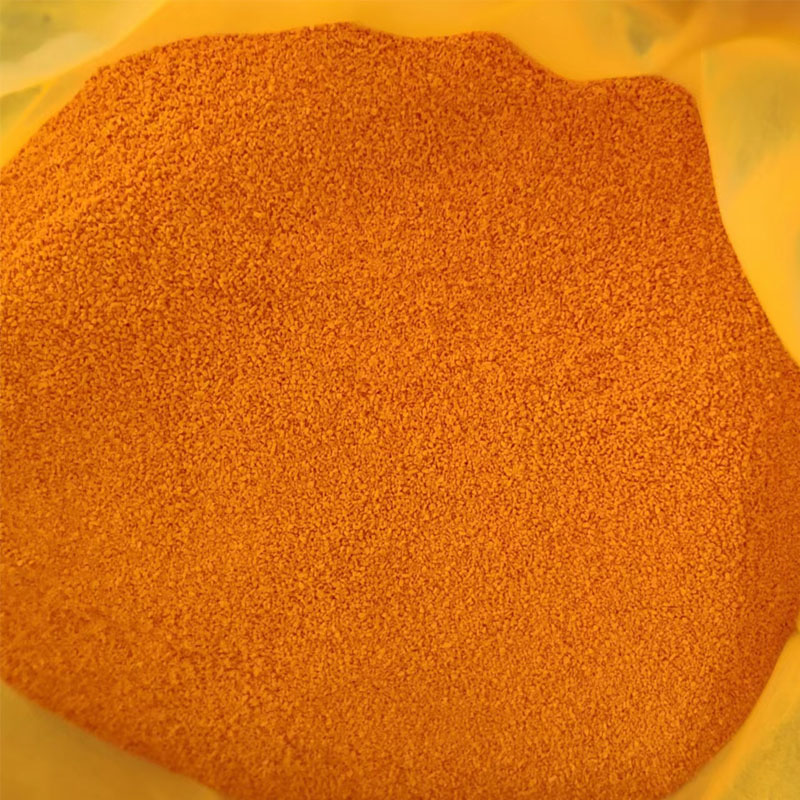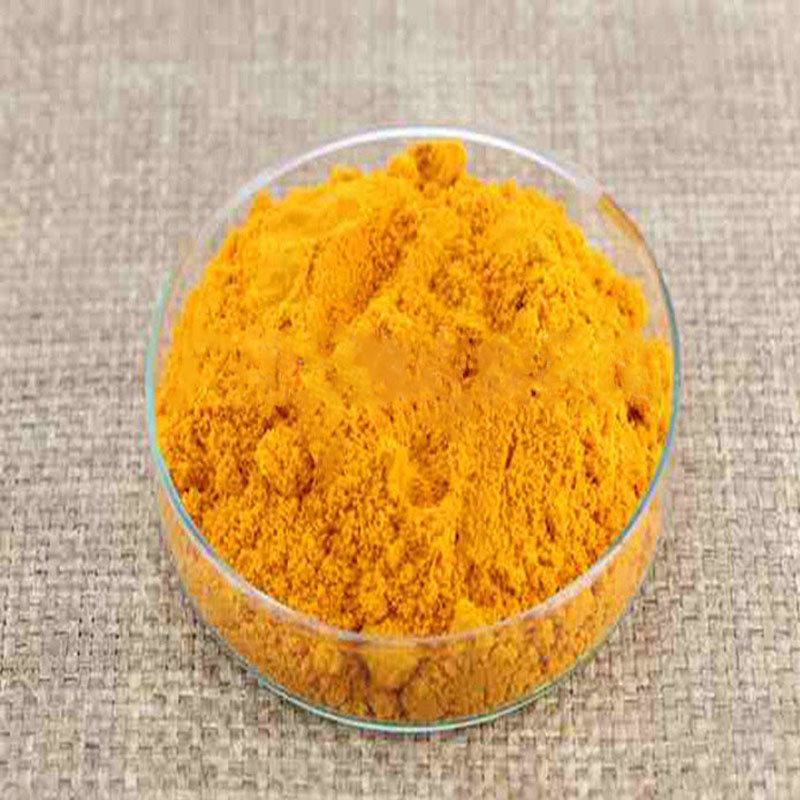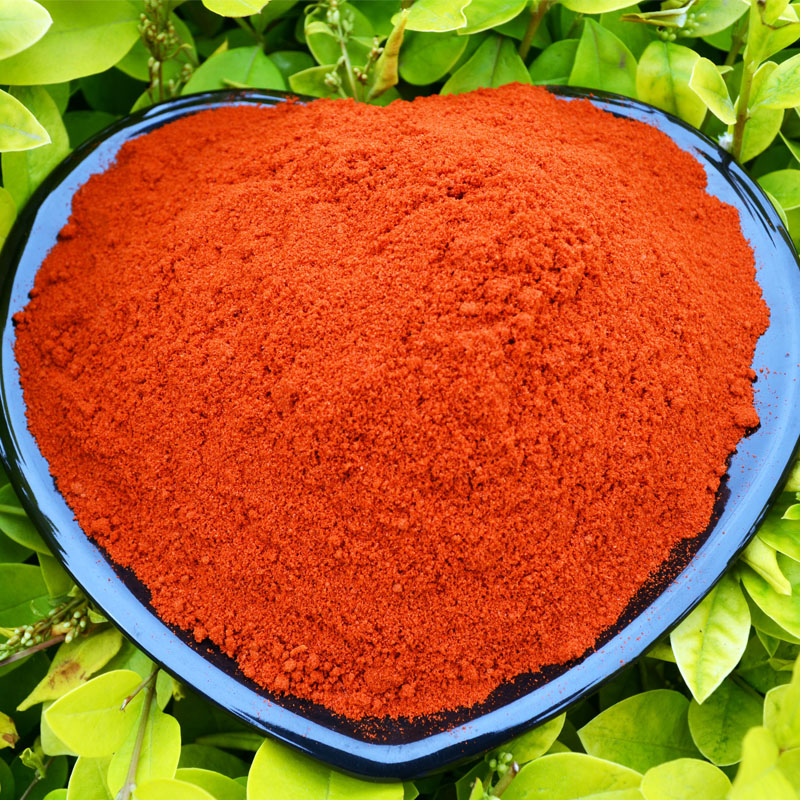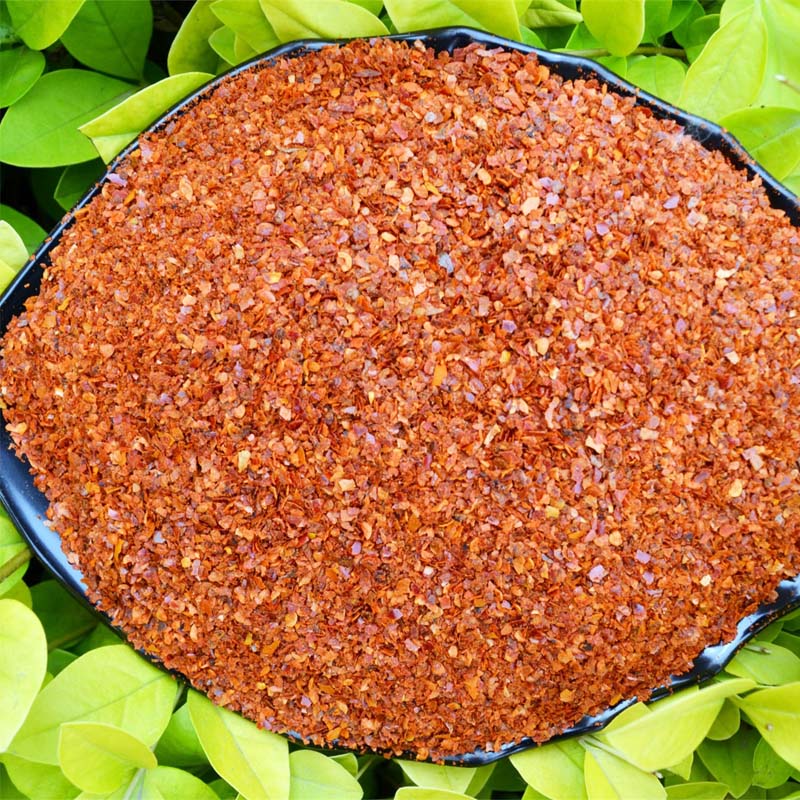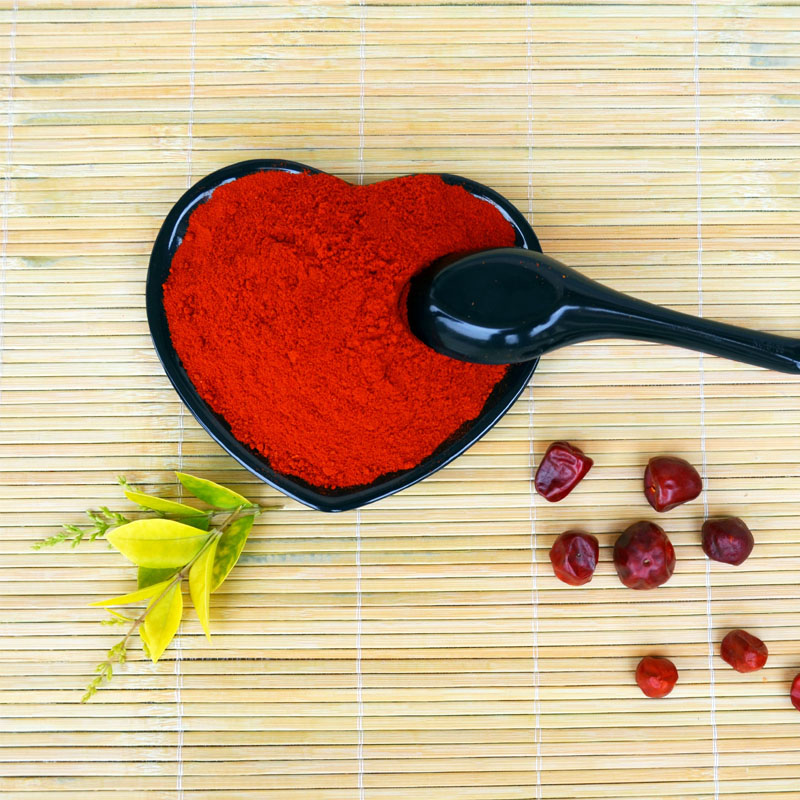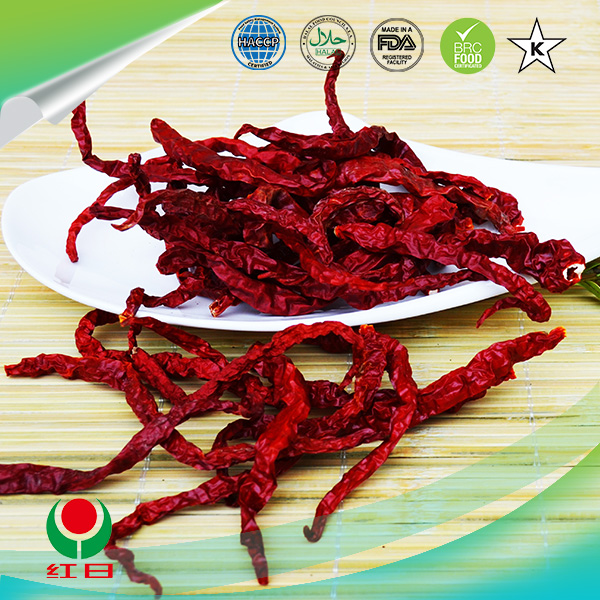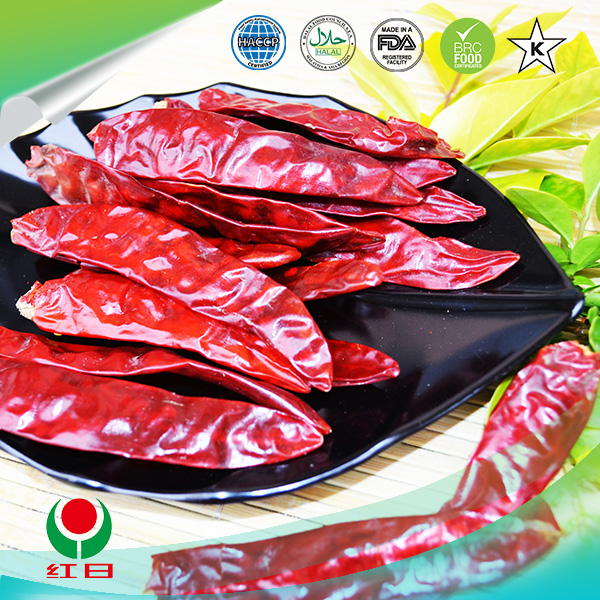- नम्बर 268 Xianghe स्ट्रीट, Xingtai शहर को आर्थिक विकास क्षेत्र, Hebei 054001 चीन
- Byron@hbhongri.cn
The Versatile Application Of Crushed Red Hot Peppers: Lighting Up The Red Flames On The Dining Table
Crushed Red Hot Peppers, This seemingly inconspicuous seasoning, with its bright colors and fiery taste, occupies a pivotal position in food cultures around the world. It is not only a simple way to add spiciness to food, but also an important element to enhance the layering of dishes, stimulate appetite, and even shape regional flavors. This article will explore the various applications of Crushed Red Hot Peppers in the food industry, showcasing their multifaceted role in culinary arts.
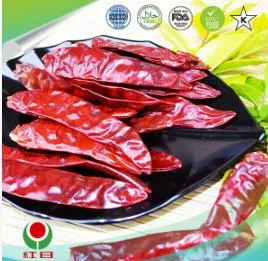
The most direct use of Crushed Red Hot Peppers is as a seasoning, bringing a spicy and stimulating sensation to dishes
From Italian pizza and noodles, to Thai winter yingong soup, to Chinese boiled fish, रातो काली मिर्च कुचल are everywhere. It can be directly sprinkled on the surface of dishes to increase visual appeal; It can also be added during the cooking process to fully blend with the ingredients and release their unique flavor. According to different varieties and dosages of chili peppers, the intensity of spiciness can be adjusted to meet the taste buds of different populations.
Crushed Red Hot Peppers are often mixed with other spices to make composite seasonings, which are used in cooking methods such as pickling, grilling, and stir frying
For example, when mixed with garlic, Sichuan peppercorns, pepper, etc., a strong flavored barbecue sauce can be made, which is used to marinate meat or seafood and give the ingredients a deeper flavor. In China, कुचल रातो खुर्सानी is often fried together with bean paste, lobster sauce, etc. As the base of spicy taste, it is widely used in Sichuan cuisine, such as Mapo tofu, Kung Pao chicken, etc.
Crushed Red Hot Peppers can also be used as decorations for food, enhancing the aesthetic value of dishes
The bright red Crushed Red Hot Peppers are sprinkled on green vegetables, white rice, or golden meat to create a sharp contrast, instantly lighting up the dining table and stimulating appetite. This visual effect not only enhances the enjoyment of dining, but also reflects the chef's respect for ingredients and pursuit of culinary art.
The use of Crushed Red Hot Peppers needs to be adjusted according to the characteristics of the ingredients and cooking purposes
For example, for light dishes, they should be used in moderation to avoid masking the freshness of the ingredients themselves; For dishes with strong flavors, the dosage can be appropriately increased to highlight their spicy characteristics. At the same time, it is crucial to choose high-quality crushed red pepper to ensure its freshness and flavor.
In summary, the रातो मिर्च कुचल, as a type of seasoning, is widely used in the food industry. It not only brings a spicy taste to dishes, but also enhances the layering of dishes, stimulates appetite, and even shapes regional flavors. Mastering the correct usage of Crushed Red Hot Peppers will bring infinite possibilities to our cooking and light up the red flames on the dining table.
Crushed Red Hot Peppers FAQs
What are the common uses of Crushed Red Hot Peppers in food?
Seasoning and spiciness enhancement: Sprinkle directly on pizza, pasta, salad, or soup to add a spicy flavor.
Marinated ingredients: used for kimchi, spicy sauce, cured meat, or seafood (such as Korean style spicy sauce, Thai style sour and spicy sauce).
Baking snacks: Mix with cookies, corn flakes, or nuts to make spicy snacks.
Oil seasoning: make chili oil or spice oil (such as Chinese style oil splashed chili seeds, Italian style chili olive oil).
Beverage embellishment: A few cocktails (such as Bloody Mary) or specialty drinks may be added in small quantities.
What are the advantages of Crushed Red Hot Peppers compared to chili powder or chili extract?
Rich taste: with a noticeable graininess, it enhances the texture of the food (such as the crispy and spicy granules on pizza).
Natural flavor: retains the original aroma of chili peppers, without concentration or chemical processing.
Visual appeal: Red fragments enhance the color of dishes and stimulate appetite.
Flexible adjustment of spiciness: The amount added can be controlled according to demand (such as removing seeds to reduce spiciness).
How to balance the spiciness of Crushed Red Hot Peppers with other flavors?
Paired with sweetness: Mix with honey, sugar, or fruits such as mango and pineapple.
Sour Fusion: Add lemon juice, vinegar, or tomato sauce to neutralize the spiciness.
Dairy buffering: pair with cheese, yogurt, or coconut milk to reduce the burning sensation (such as Mexican chili cheese sauce).
Staged addition: Adding spiciness in the early stages of cooking makes it milder, while adding it later makes it more stimulating.
What should be noted when using Crushed Red Hot Peppers?
Differences in spiciness: Different varieties (such as Cayenne pepper and bird's eye pepper) have significant differences in spiciness and need to be tested in advance.
Allergy and irritation: May cause oral or gastrointestinal discomfort, sensitive individuals should use with caution.
Storage conditions: It should be sealed, away from light, and moisture-proof to prevent mold or flavor loss.
Cooking safety: High temperature frying may release irritating smoke, ventilation operation is recommended.
Can you make your own Crushed Red Hot Peppers? How to save?
Self made method:
- Choose dry red chili peppers (such as dried Erjingtiao and millet chili).
- After removing the seeds (optional), cut them into pieces or lightly beat them with a blender (avoid being too fine).
- Can be baked (150 ℃/5 minutes) or sun dried to enhance aroma.
Saving techniques:
Short term: Sealed jar stored at room temperature (12 months).
Long term: Refrigerate or freeze (for more than 6 months), adding a small amount of salt or oil can prevent corrosion.
-
Turmeric Rhizome Powder: A Golden Treasure from Roots to TableसमाचारJul.28,2025
-
The Paprika: A Touch Of Vibrant Red In Color, Flavor, And CultureसमाचारJul.28,2025
-
Ground Turmeric: A Modern Examination of an Ancient SpiceसमाचारJul.28,2025
-
Capsicum Liquid Extract: Features, Applications, and ChallengesसमाचारJul.28,2025
-
Application of Capsicum Liquid Extract in FoodसमाचारJul.28,2025
